Synchronize solutions
According to the review results in early 2025, the whole Thai Nguyen province has 23,061 poor households, accounting for 5.46%, and 15,482 near-poor households, accounting for 3.67% of the total number of households. Notably, 83.93% of poor households are ethnic minorities, showing that poverty reduction in ethnic minority and mountainous areas is still a big challenge.

Promote mechanization and application of science and technology in agricultural production
In the remote commune of Ngan Son (the merged area of Duc Van, Coc Dan communes and Van Tung town), harsh natural conditions, steep mountainous terrain, and isolated traffic make socio -economic development difficult. The whole commune has 27 villages and residential areas with more than 1,890 households and 8,260 people, but essential infrastructure is still not synchronous. Many villages and hamlets still lack electricity, roads, irrigation works, and cultural houses; the rate of trained workers is low, production is small and fragmented, and depends heavily on nature.
Chairwoman of the People's Committee of Ngan Son Commune, Duong Thi Phuong Que, said that the infrastructure conditions in the commune are not yet uniform, many villages and hamlets still face difficulties in transportation, electricity, irrigation, cultural houses and educational facilities, affecting the ability to attract investment and expand production. The locality is also lacking quality human resources; most of the workers have not received vocational training and have difficulty accessing new technology in production.
The economy is mainly small and fragmented, has not formed a value chain, and is easily affected by price and market fluctuations. In addition, the risk of landslides, flash floods in highland villages also directly affects life and production. These difficulties are posing a big challenge to poverty reduction in the commune.
Not only are people unemployed and have unstable incomes, they also face a lack of basic social services. The province currently has 7,900 unemployed households, including 5,801 poor households and 2,099 near-poor households. Up to 8,976 poor and near-poor households have over 50% of their members being dependents such as children, the elderly, and people with disabilities.
In addition, 5,060 poor and near-poor households have malnourished children; 3,764 households are not covered by health insurance; 5,099 poor households and 1,460 near-poor households have at least one young person aged 16-30 who has not received vocational training. Notably, 1,808 households have children aged 3-16 who have not received proper education, and more than 4,169 households lack adequate housing space. In addition, 3,616 households do not have access to clean water, while 16,574 households do not have hygienic toilets.
These figures not only reflect economic difficulties, but also gaps in social development, in ensuring basic human rights, a core element in achieving sustainable poverty reduction goals.
Identifying sustainable poverty reduction as a key task of the entire political system, contributing to promoting socio-economic development, Thai Nguyen has implemented many solutions to increase income and improve people's lives. The province focuses on promoting the dissemination of the Party and State's policies and guidelines on poverty reduction, implementing them in many forms and with rich content, while raising awareness, gradually eliminating the mentality of waiting, relying on others and arousing the will to rise up of the people.
By 2030, the province aims to reduce the number of multidimensionally poor households by an average of 1-1.5% per year, with at least 3% reduction in disadvantaged communes, and 3-4% reduction in ethnic minority poor households. These are high targets, but are entirely feasible if there is synchronous and drastic participation of all levels, sectors and consensus of the people.
On that basis, the province has established Steering Committees for Sustainable Poverty Reduction at all levels, developed phased and annual plans; clearly assigned responsibilities to each unit and locality; and at the same time, issued specific support policies to ensure the right subjects, avoiding overlap and omission.
Propaganda and mobilization work is promoted in many forms suitable for each target group and each region. The goal is not only to disseminate the Party and State's policies and guidelines, but more importantly to raise awareness, arouse the people's will to be self-reliant, self-reliant, overcome difficulties and rise up, and eliminate the mentality of waiting and relying on State support.
First of all, the province focuses on investing in essential socio-economic infrastructure in communes and villages in extremely difficult areas, ensuring production and people's lives, while increasing the ability to adapt to climate change. Eliminating temporary and dilapidated houses is considered one of the top priority tasks. After nearly a year of implementation according to the Prime Minister's Official Dispatch No. 102/CD-TTg, by early August 2025, the whole province had supported 6,953 households, of which 5,426 households were newly built, 1,527 households were repaired, reaching 100% of the plan.
In addition, fully and promptly implement support policies to help poor and near-poor households have conditions to borrow capital to develop production and create sustainable jobs. Functional sectors promote vocational education, shift labor structure, improve productivity and income of people. At the same time, the province focuses on modernizing labor management, building a database connecting job supply and demand, creating favorable conditions for workers to access market information.

The agricultural and environmental sector has implemented experimental planting of many new rice varieties with high productivity and quality to encourage people to replicate them.
Creating livelihoods from suitable models
One of the notable highlights is that the province is implementing many poverty reduction models associated with collective economic development and agricultural value chains. Poor households, near-poor households, newly escaped-poverty households, women, and ethnic minorities are encouraged to participate in production linkage models with cooperatives and enterprises. These models aim for green development, digital transformation, and application of technology suitable to local characteristics, creating a foundation for long-term development.
Social assistance and care for the disadvantaged are also effectively integrated into the poverty reduction program. The province focuses on supporting poor students to go to school, improving the quality of primary health care, improving child nutrition, and increasing health insurance coverage among poor households.
At the same time, the application of science and technology and agricultural mechanization has been promoted. Many new models have been put into production, such as the genetically modified F1 single hybrid corn variety NK7328 Bt/GT in Kunming commune, which has high productivity, adapts to local conditions, and contributes to improving people's income.
It can be seen that Thai Nguyen's poverty reduction program is shifting strongly from simple support to providing opportunities and creating conditions for people to rise up on their own. Poverty reduction is not just about eliminating hunger, but is a long process to improve the quality of life, ensuring equal access to basic social services.
However, to achieve truly sustainable poverty reduction results, the province needs to continue to improve policy mechanisms, strengthen monitoring and evaluation of the implementation process, avoid resource dispersion; and at the same time, improve the capacity of grassroots cadres, especially cadres working on poverty reduction, ethnic and social affairs.
Most importantly, the people themselves must become the subject of the poverty reduction process with the will, knowledge, skills and access to resources to develop their livelihoods. When each person has the opportunity to assert their own capacity, when policies are implemented correctly and accurately, the goal of sustainable poverty reduction in Thai Nguyen by 2030 will certainly become a reality.
Source: https://daibieunhandan.vn/thai-nguyen-giam-ngheo-ben-vung-tu-nhung-cach-lam-phu-hop-thuc-tien-10394796.html




![[Photo] Da Nang: Hundreds of people join hands to clean up a vital tourist route after storm No. 13](https://vphoto.vietnam.vn/thumb/1200x675/vietnam/resource/IMAGE/2025/11/07/1762491638903_image-3-1353-jpg.webp)



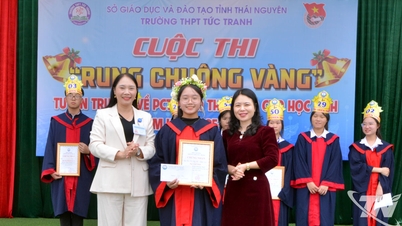


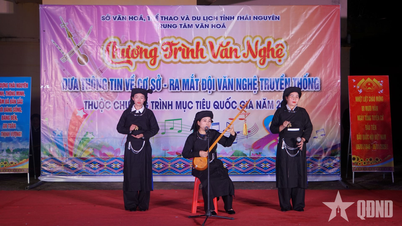


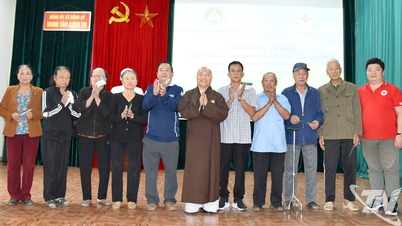




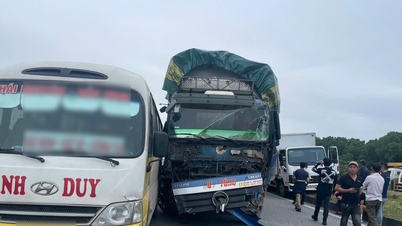










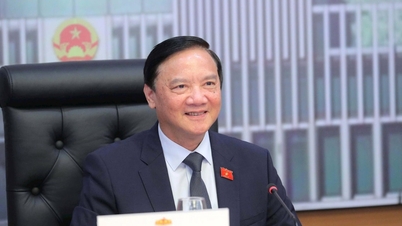


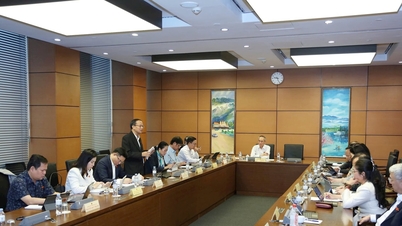
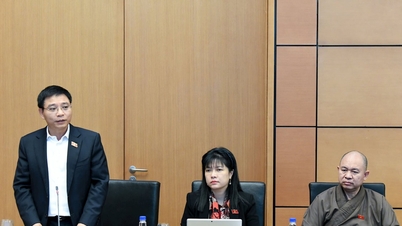









































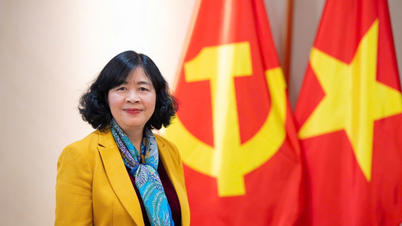






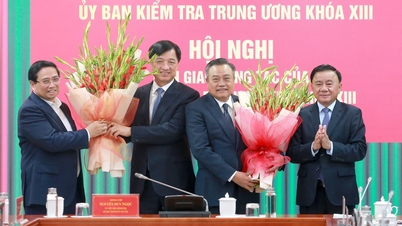





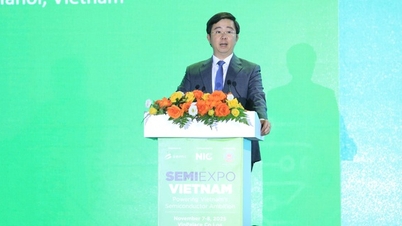
























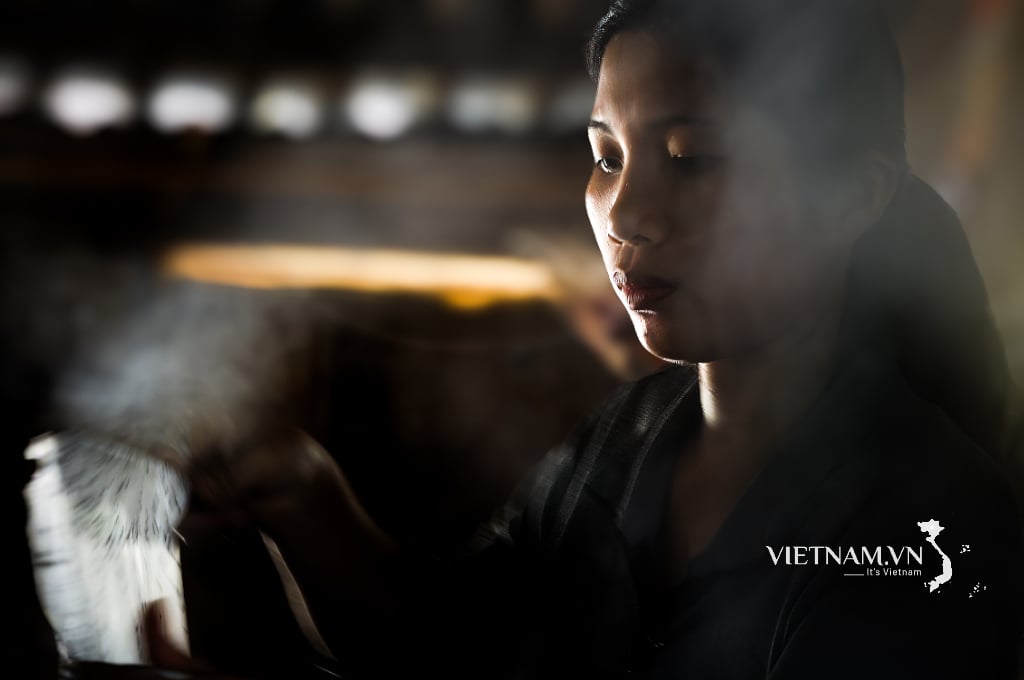

Comment (0)